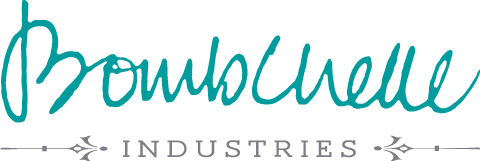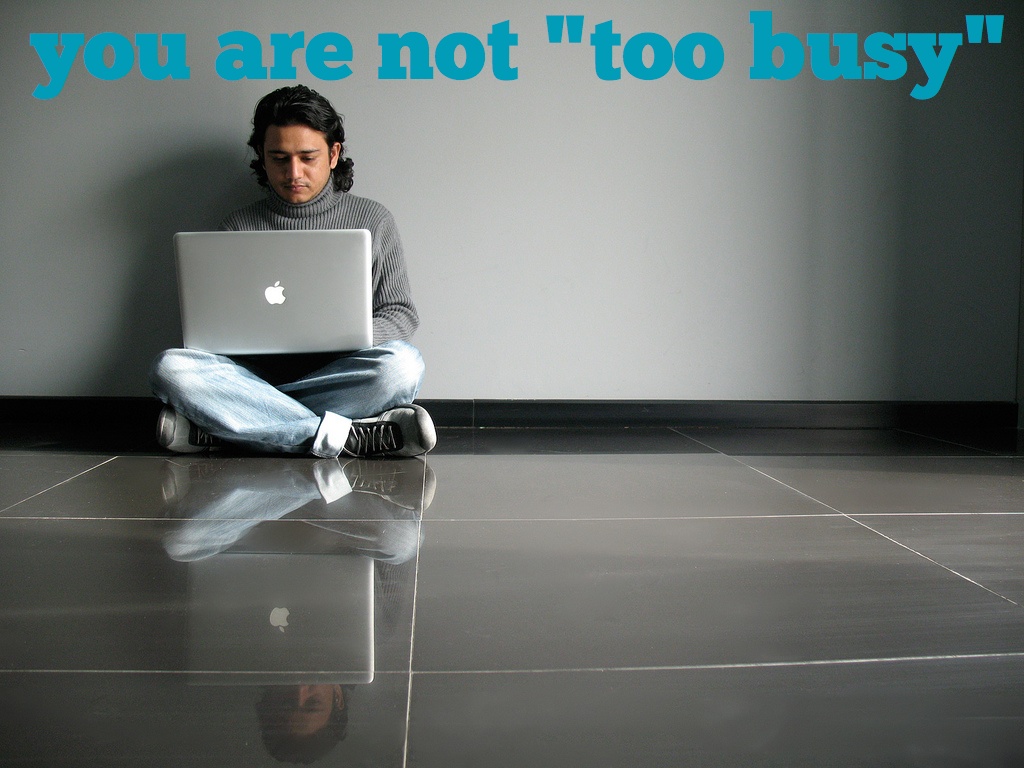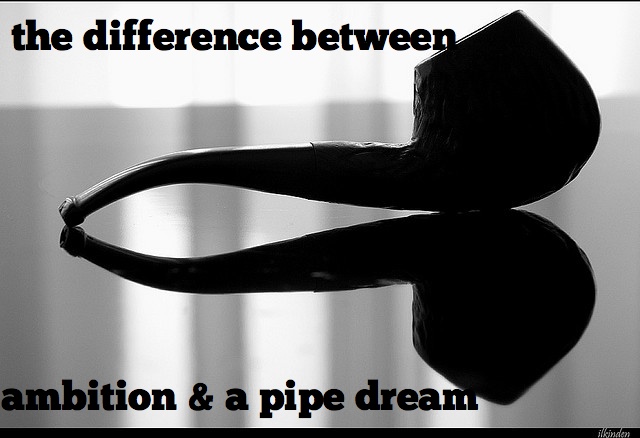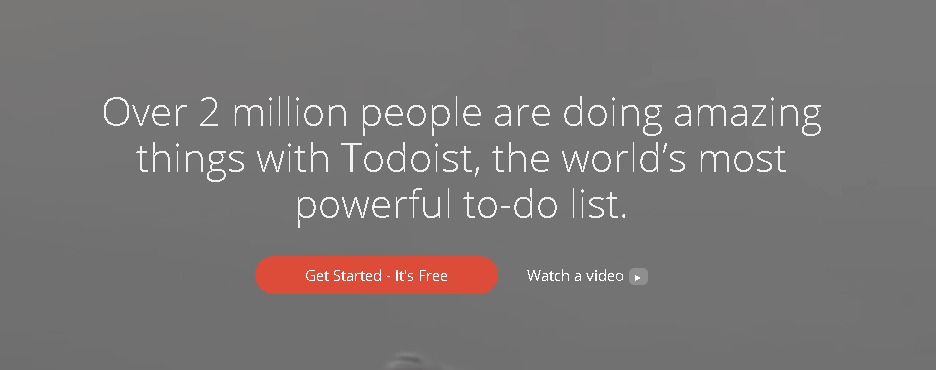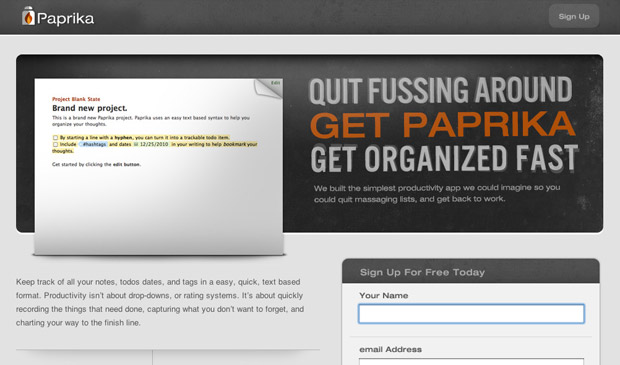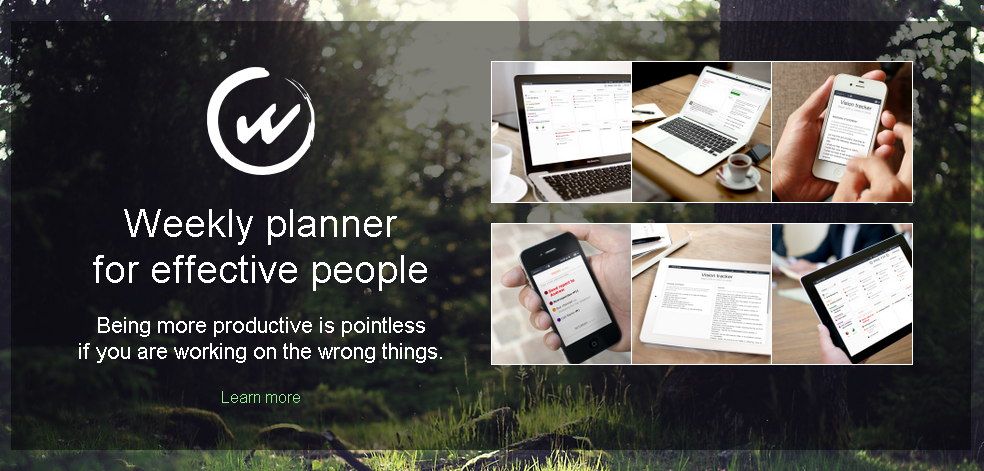Case Study: Erin Kurup
Today we’re doing something a little different – a case study showcasing a recent client o’mine who is at the starting stage of her business. You’ll get a peek inside the process of the purple lipstick plan service + some extra-juicy insight into places where you can improve your own business systems & plans, right now, today. Ready?
About Erin & {re}made by hand
Erin has three main parts of her business: her blog & community, her Etsy shop, and her editing services.
In her own words:
All three fall under the {re}made by hand name. On the blog, I write about taking advantage of the present to remake yourself from who you are into who you want to be. I sell upcycled accessories (remade out of other things) through Etsy. The editing involves taking the text someone has written, in his or her own voice, and remaking it into something polished and professional that still sounds like its author — something that’s really important in small businesses that depend on the owner’s personality. I’ve done trial editing and have gotten really encouraging feedback and offers of testimonials.
Her blog’s been going since late April, and the Etsy shop was newly launched when we started working together (mid-August). I don’t often get to work with entrepreneurs at the beginning stages of their business – I’m usually coming in after the fact when the business owner is realizing that their current systems & processes are woefully inadequate. I do thrive on fixing chaotic situations, but it was a lot of fun to come in at the beginning and work on a foundation level creating new systems that should work from the get-go and grow with the business.
What she needed
We both agreed that the most helpful areas to focus on for her purple lipstick plan would be:
- Getting a strong foundation in place – working on building systems into her business and services from the get-go
- Creating a plan that would let her launch her editing services in a time frame she felt comfortable with
In her own words:
I’d love help mapping out and tracking all the moving pieces, making sure goals are aligned and planned out, and finding a way to manage everything. I want to start out in a way that ensures customer service, emails, and other vital but easy-to-miss pieces don’t fall through the cracks! I’d also like to be as organized and focused as I can be from the beginning so that I start out on the right foot and don’t have to scramble to correct my systems later.
Creating her plan
Here’s some of what we focused on:
#1: Planning based on ROI
One of the things we talked about incorporating into Erin’s six month plan is that she was considering taking a paid online certificate program for editing. Her main goal in taking the program would be increasing her credibility.
When you have a surplus (whether it’s of time, money, energy, or kazoos), make sure that you’re thinking about the best way you can spend it for you. (This advice also holds true if you’ve earmarked a certain amount of resources for a certain expense.) With Erin, we talked about other ways she could spend the money that would go towards the certificate program to get the return on investment she wanted; the ROI she was looking for was credibility, as mentioned. Some other places those resources could go to that could have the same return would be website design or branding assistance, for example. When thinking about the next six months, it’s important for her to think about which of these is most likely to get the ROI she wants, while taking her business model and audience/client profile into consideration.
#2: Marketing
I’m not a marketing expert (nor do I claim to be), but it’s important to dedicate time to it when you’re planning. Wayyy too many business owners & service providers let marketing fall by the wayside, especially if they’re lucky enough to have an initial burst of interest or clients at the beginning of their business. When talking to Erin & working on her plan, we made sure to think of a variety of ways that she could market that would be fun for her and how to build those ways into her day-to-day ways of doing business.
#3: Client follow-up
This kinda-sorta also falls under marketing, but I feel like it deserves its own category. People who have already paid you money and are happy with the results, service, & experience they got are like, a kajillion times more likely to work with you again in the future. (I’m not a statistics expert, don’t give me that look.) It’s a much better use of your time to make sure that your current clients are happy and that your past clients know they can work with you again, than to spend time on getting new people to work with you. So many service providers let this slip through the cracks because it’s easy to assign a lot of emotional baggage to it – “I don’t want to bother people!” (I say service providers, but really this works for selling products too, though your systems for it will look a little different.)
Seriously. If you gave money to someone and you were ecstatically, pee-your-pants happy with the results, would you be cranky if they said to you “hey, I have this special thing for people who have already worked with me, you can learn more about it here…”? Obviously this only works if you’re doing your best to make sure that all of your past clients & customers are ecstatically, urinatingly happy with their purchase, but I’m going to assume you’re doing that anyways.
Anyways, Erin and I worked together on creating a client follow up system that she could implement from the beginning, so that there would be minimal emotional baggage attached to it, and so that she could make sure she was doing her best to get repeat clients. Here’s some ideas we tossed around that you could use:
- having special “client only” packages at a reduced rate not available to the public
- creating a service package that was a natural continuation of the work they had already done together
- having an “on retainer” service – people pay $X monthly and get a set amount of hours each month for editing or consulting; this could be done with an hourly rollover from month to month, too
- having free monthly or quarterly teleclasses/webinars/brainstorm chats with past clients (all past clients invited, not 1:1)
I recommended that she use Ming.ly to keep in touch with past clients, which is a lightweight-yet-useful CRM that I also use.
#4: Boundaries & systems for services
It is so effing crucial to create these from the beginning. If you don’t, you’ll end up needing my “I’m burned out as hell and I’m not gonna take it any more” package later on down the road. I can almost guarantee it.
Since Erin was still developing her editing services when we worked together, this is something we built into her plan. I advised her to make sure that when she went through the service creation process that she got as incredibly specific as possible – the maximum number of words each editing package covered, the maximum number of revisions, time spent on the phone or on Skype, and to also know how many hours she could spend on each package and still be making her ideal hourly rate.
Do not let this slip. Just don’t. If you don’t consider these things at the beginning – or even periodically as you continue offering your services – there’s a very good chance you’ll be one of the people I wind up talking to who are so confused as to how they’re working all the time and not making the money they feel like they should, and then we do the math and find out that it’s because they’re making $15/hr with how much time they spend on their average client.
From Erin:
If you’re overwhelmed by your business (whatever stage you’re at) and could use help getting your head above water so you can see where you’re going and maybe take a breath, get yourself a purple lipstick plan. Michelle will impose order on the tangle of your business and give you milestones to shoot for as you move forward. You’ll be able to breathe easier knowing you’re pointed in the direction you want to go and have an outline to show you the next step.
Intrigued? Want to get your own purple lipstick plan?
Read more about it & get yours here or read the rest of Erin’s thoughts here.
